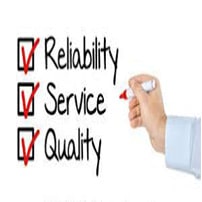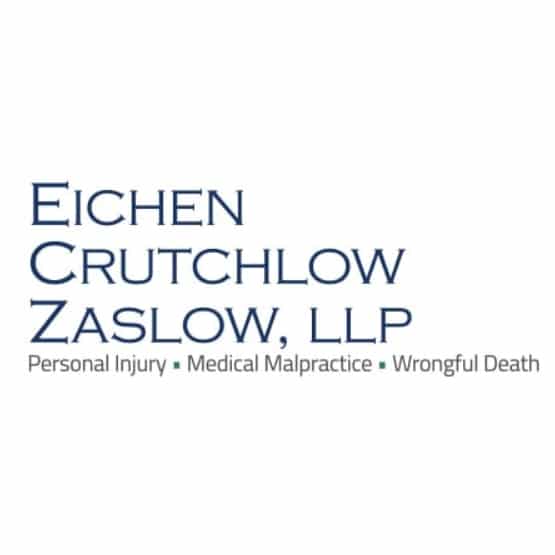New Jersey Product Liability Lawyers: Consumer Expectation Test
 A consumer expectation test is used in strict product liability lawsuits to establish whether a product has a manufacturing defect. The test can also be used to determine if a product should come with a safety warning or if the current safety warning is sufficient to protect the consumer who uses the product. The test helps determine liability when a consumer’s injuries are a direct result of negligent manufacturing or failure to properly warn a consumer of the product’s inherent dangers.
A consumer expectation test is used in strict product liability lawsuits to establish whether a product has a manufacturing defect. The test can also be used to determine if a product should come with a safety warning or if the current safety warning is sufficient to protect the consumer who uses the product. The test helps determine liability when a consumer’s injuries are a direct result of negligent manufacturing or failure to properly warn a consumer of the product’s inherent dangers.
Consumers have a right to expect that a product will be reasonably safe when they use the product as intended and follow the safety guidelines accompanying the product. The product may be considered defective if the plaintiff can prove that it did not operate as safely as the average consumer would expect.
For example, a consumer can expect that a circular saw commonly used by do-it-yourself home repairers would have safety guards to prevent fingers and hands from coming into contact with the blades of the saw during operation. The product could be determined to be defective if the saw was manufactured without safety guards that could have prevented the consumer from losing their fingers or injuring their hand when they were using the saw as intended.
The consumer expectation test is most effective in product liability lawsuits involving non-complex products, such as lawn mowers, power tools, home appliances like toasters and microwaves, automobiles, personal care products, and children’s toys or recreational items. The consumer expectation test would not be effective for juries hearing cases on products that the average consumer is not familiar with, such as airplane landing gear or complex manufacturing machinery.
Alternative to the Consumer Expectation Test
The risk utility test is another strategy that can be used in a product liability lawsuit to determine whether a product has a design defect. Jurors in a strict product liability lawsuit must consider whether the risks of a product’s design outweigh the functionality of the product. The risk utility test gives jurors a checklist of factors to consider when assessing the product’s design and safety. They then use this knowledge to determine whether or not a design alteration could reduce the danger of using the product. The risk utility test is not used in manufacturing defect cases.
Most defendants in product liability lawsuits prefer to use the risk utility test because of its objective criteria. The risk utility test is most beneficial when jurors are not familiar with more complex products. The consumer expectation test is preferred by most lawyers for product liability suits when jurors are more familiar with a product’s functions and intended purposes. Whichever test is employed, it is the duty of the defense and plaintiff lawyers to educate the jurors on a product’s design, manufacture, intended use, and safety aspects.
New Jersey Product Liability Lawyers at Eichen Crutchlow Zaslow, LLP Help Victims of Defective Products Claim Compensation
If you or someone you know has been injured by a defective product, the experienced team of New Jersey product liability lawyers at Eichen Crutchlow Zaslow, LLP can help you claim the compensation to which you are entitled. Call us at 732-777-0100, or contact us online to schedule a consultation today. Our Red Bank, Edison, and Toms River, New Jersey offices serve clients throughout the state.

Eichen Crutchlow Zaslow, LLP has purposely remained small in size, because it is important to us that we get to know our clients and their needs. Larger NJ injury firms may churn out case after case, but that’s not how we operate. Partners Barry Eichen, William Crutchlow, and Daryl Zaslow have created a firm with the resources to handle complex litigation, and a team that takes your case personally.
Find out more about Eichen Crutchlow Zaslow, LLP
